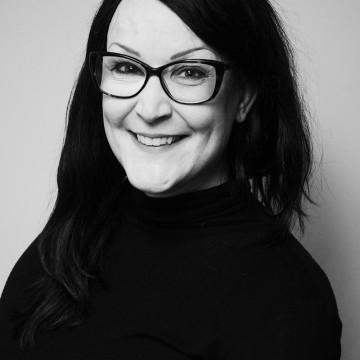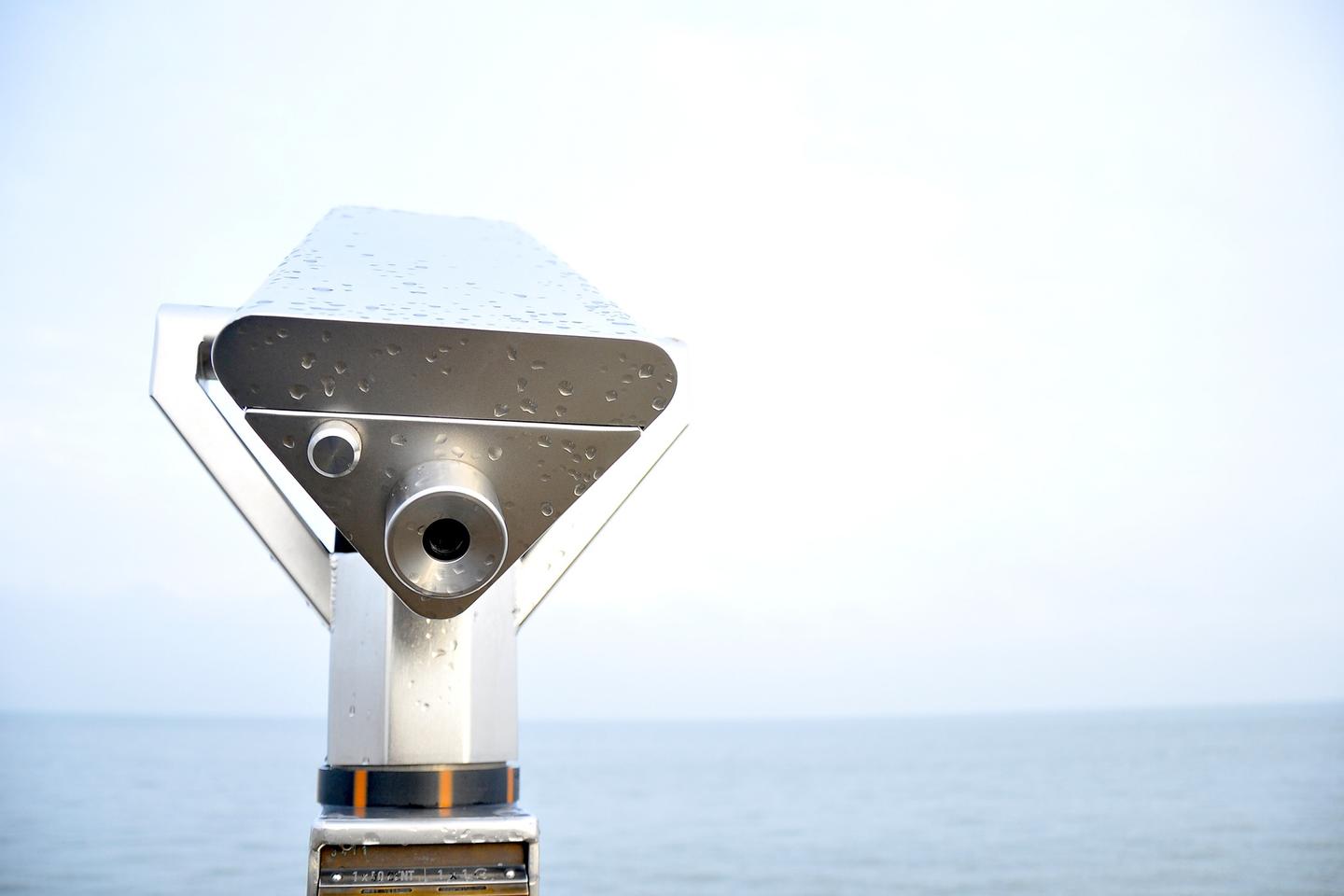Instead of basing design decisions on someone’s opinion – sometimes on the one’s who is only the loudest – qualitative research is a valuable tool for gaining insight on what motivates audiences and what is meaningful for them. Research, whether it is informal or formal, big or smaller scaled, is always better than the battle of opinions or pure guessing. Understanding your audience via analysed customer insights gives you fact-based tools for decision-making. Without research we often mistakenly make decisions for ourselves instead of our target audience.

When can you go quick and dirty?
Formal user testing, e.g. usability or user acceptance testing, can be conducted in many ways. You can go formal and have protocol, lab and all the equipment. You can also adapt the process if it is more applicable for your needs and it is reasonable to go leaner.
If the case is that you need customer insights – but don’t have a big budget nor much time – you can go remote (guerilla testing). Identify the research questions carefully and go to train stations, airports, lobbies – to places where people must stay for a while - and just ask people for a short moment of their time. Colleague of mine went by train from Tampere to Rovaniemi to evaluate a mobile game, and that setup was a success – lots of eager participants for the test sessions! So even without a fat budget and plenty of time it is possible to listen to the customers and collect their insights. When it seems that the saturation point has been reached with interviews or tests it’s time to move on to the analysing phase. Guerilla testing works fine with startups too, as it doesn’t require big budget.
“Successful field research depends on the investigator’s trained abilities to look at people, listen to them, think and feel with them, talk with them rather than at them. It does not depend fundamentally on some impersonal apparatus, such as a camera or tape-recorder...” (Polsky 1998)

“Big Research”
More extensive user researches take place when it is needed to really understand the reasons why people choose to behave as they do and gather data e.g. for deciding to continue or not with the concept idea. Short yes/no-answers aren’t enough when you must dig deeper and comprehend your audience’s reasons and motives.
For this kind of research you can use e.g. focus groups to gather the data effectively and also utilize the group dynamics. Few focus groups of five to seven participants produce huge amount of data, so in few days you can easily gather almost thirty people’s insights. Good practice is to continue the research as one-to-one interviews based on the analysed data from the focus groups. One-to-one interviews give you the chance to dig in deeper to the questions that were left open during the focus group – this is quite common to happen, as in focus groups you cannot focus on just one person and his perceptions, even if those were really interesting.
Also when designing experiences, ethnography is a method used to capture human behaviour in the context of the person’s natural environment. It is a method that enables researcher to gain insights about people’s behaviours and unarticulated motivations and needs in order to create innovative solutions. Sometimes people’s needs are unconscious, they are not able to point them out and people also tend to say one thing when asked and then act differently in real life. In those cases ethnographic research lets you see beneath the surface.
How many qualitative interviews are then enough?
“It depends.”
There is no actual rule of thumb to define the amount of interviews. Responses offer guidance on the epistemological, methodological and practical issues such as about assessing research aims and objectives, validity within related communities and available time and resources to take into account when conducting research projects. In his book “Qualitative inquiry and research design” Creswell (2103) has provided recommendations of sample sizes ranges for different approaches, case study, no more than four to five cases; ethnography, a single culture sharing group; 20 to 30 cases; narrative inquiry, one to two cases observed unless developing a collective story; and phenomenology, three to ten cases, with observed sample sizes from one to 325.
So if the time or budget set limits to the amount of interviews, there is no absolute must to aim to big sample of interviews - no magic number you can do and then you’re out of danger.
Years ago I was in a project where we needed to learn more about the active heavy-users of Nokia communicator - what were their motivations and needs as well as the expectations for the future devices. We decided to interview the active communicator fan-club members in Jakarta and within few days we talked with twelve of the fan club members and got really unique, special and enthusiastic insights and feedback – even though the number of interviews was not high but as the research was tightly focused and the sample was quite homogeneous, the saturation was well achieved with those interviews.
But when we conducted user insight interviews for a concept of a service that concerned all adult Finnish citizens we aimed to a sample way over 30 persons and conducted focus groups for different age groups. With focus groups we utilized the group dynamics and diversity as well as gained efficiency .

Listen and learn
No matter if you go quick and dirty or conduct an extensive research, always remember your objectivity as a researcher – you are not there to impress or persuade your audience, you are there to listen to them and learn from them. The essence of successful interviewing is listening, being active, engaged and present. Reach your antennae out and take in every shade, nuance and hint of what the interviewee is saying or doing or leaving unspoken.
When you comprehend your audience and customer insights by conducting researches – quick and dirty, the big one or both – the clue is that by listening and paying attention, you are not only making better design and services, but you are also engaging your audience, saving and making money as well as making the world into a better place.
I read a while ago a quote saying that to be interesting you must be interested. I couldn’t agree more. I also strongly believe that being engaged creates engagement. That goes in all fields of life; also in business, design and research.

Images: Unsplash.com
 Mirkka LänsisaloCulture Advisory Lead, Service Designer
Mirkka LänsisaloCulture Advisory Lead, Service Designer


